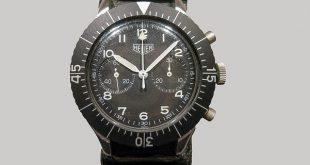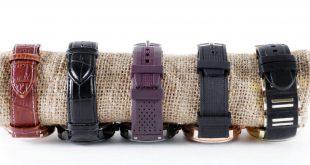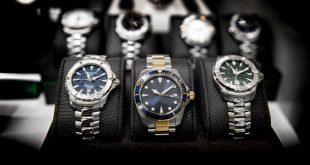In connection with mechanical watches, there is often talk of jewels, stones or rubies, which serve as so-called bearing stones in every watch movement – whether Rolex, Omega or Chopard. Information about the number of watch jewels can be found on the dial of many watches, on the case back or – if it is transparent – on the movement itself. This article explores the question of what the number of jewels says about a wristwatch, about its quality.
Noble stones ensure smooth operation
Even if, for the sake of simplicity, we often refer to stones only briefly, the stones used in watches are basically precious stones. They are used in watchmaking to make bearings. Therefore, they are also called bearing stones. On watches, the French terms pierres or rubis and the English term jewels are often used in the corresponding indications. The French word rubis stands for ruby and thus also indicates that the most frequently used bearing stone is ruby.
Depending on their shape and function, the bearing jewels in a wristwatch are also called cap jewels, hole jewels, pallet jewels, antifriction bearing jewels or ellipse.
The fact that the bearings in watches are not made of metal, but instead use ruby or other gemstone bearing jewels, has a special reason, because this significantly reduces friction and wear. This benefits the precision with which the movement works, as well as its longevity.
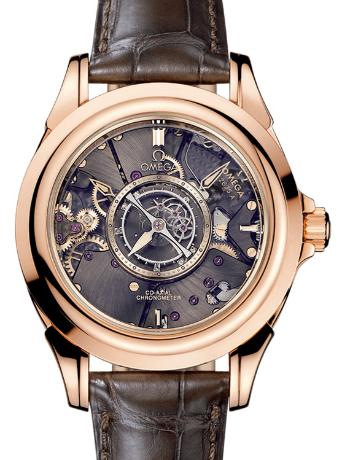 From natural gemstones to synthetic stock ruby
From natural gemstones to synthetic stock ruby
Gemstones were already valued in cultures of preancient times for their fascinating colors and radiance and are still popular today for a wide variety of jewelry and jewelry work.
Physically, however, their main common feature is not gloss or color, but their exceptional hardness.
The hardest gemstone is considered to be the diamond, closely followed by the corundum.
The jewels in watches are often made of corundum. In the past, natural stones were used, whereas today synthetic corundum is predominantly used. The term corundum comes from the Tamil language and describes a mineral from the class of oxides and hydroxides, which occurs relatively frequently in nature. There are different varieties, which differ in their coloring. These include the colorless leucosaphires, the strong red rubies, which owe their color to their chromium content, and the sapphires, which occur in all colors except red – although blue sapphires are the best known and are particularly popular as jewelry stones.
Although other corundums are also possible and are certainly used in practice, the best known and most common bearing stone is called ruby.
Since the end of the 19th century, it has been possible to produce corundum synthetically. Several processes are available for this purpose, of which, however, the so-called electrofusion process is by far the most economically important. It goes back to Ernst Moyat, a German chemist. In 1894, he succeeded for the first time in producing so-called electrocorundum, and shortly before the start of the First World War he was granted a patent for his process. In the course of the following decades, the industry developed high-grade corundum, of which white high-grade corundum is predominantly produced today.
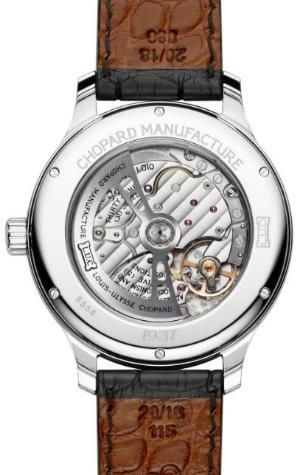
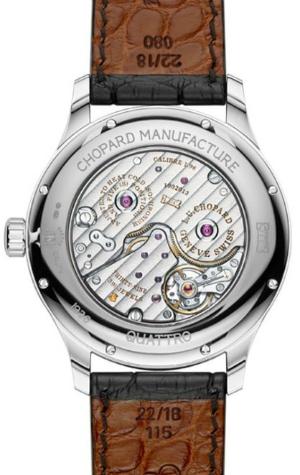
The reasons for the increasing use of synthetic corundum in watchmaking were the rapidly growing demand for high-quality watches and the fact that synthetic corundum fulfilled the material requirements, especially in terms of strength and processing possibilities, just as well as their natural counterparts.
How are the jewels inserted in a wristwatch?
The jewels used in watches are either pressed into a movement plate or screwed into a gold setting – also known as a chaton – and then adjusted. They are sometimes called perforated jewels because of their perforations and, together with the metal pivots of the wheels of a watch movement, form sliding bearings. If there is a hemispherical depression in a perforated jewel without a cover, this is called an oil depression and is used to hold the watch oil used as a lubricant.
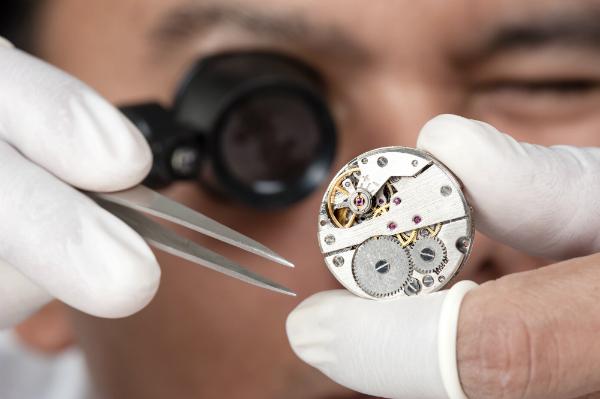
Stones for watch movements were developed as early as 1704 by Nicolas Fatio de Duillier, a Swiss mathematician. There are also stones in rolling bearings, for example in the ball bearings of the rotors of automatic watches. However, these are roller or spherical in shape and have no holes. The term bearing jewels is not used for these jewels. Another application for watch jewels is in escapements, where they serve as pallet stones or lever stones. This solution was developed by Thomas Mudge, who is credited with the invention of the lever escapement around 1757.
How many jewels does a wristwatch need?
High-quality mechanical wristwatches with manual winding require at least fifteen jewels, ten of which are hole jewels, two cap jewels for the balance, one lever jewel (ellipse), and two pallet jewels for the pallet lever.
As a general rule, the more complex the movement design, the greater the number of jewels required.
However, the number of jewels is not an indicator of the quality of the movement, but at best indicates the presence of complications. Nevertheless, many manufacturers of luxury watches state that 30 to 70 jewels have been installed in their watches. However, reputation reasons play a role here, which also explains the fact that the number of jewels is often mentioned on the dials and case backs of the watches.
 Uhrinstinkt Magazine
Uhrinstinkt Magazine

